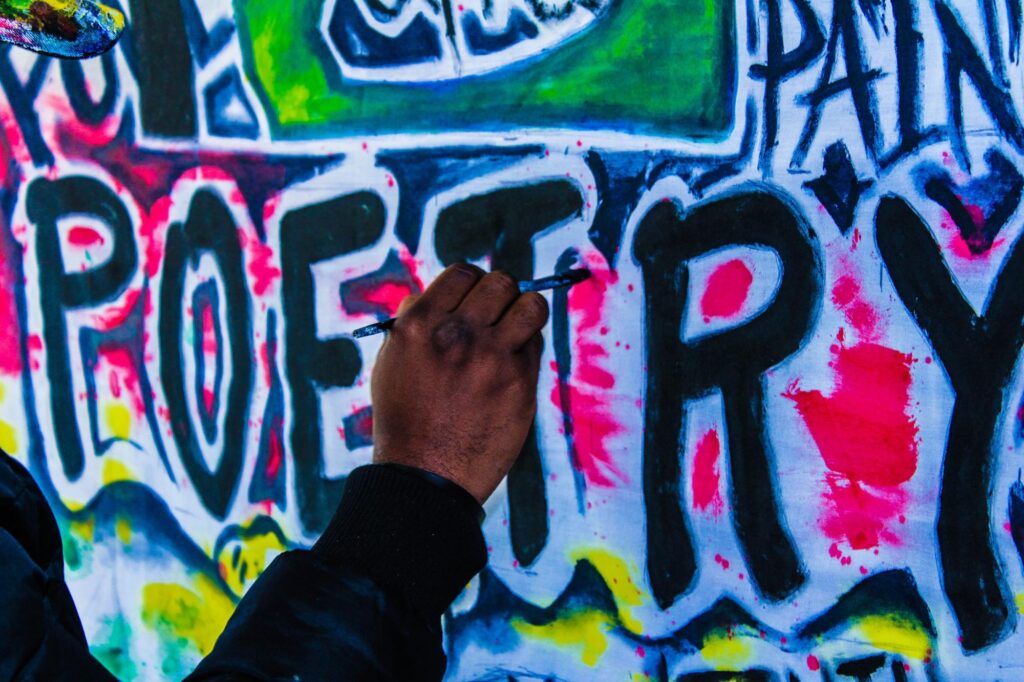
I like the opening line in this January 10, 2023 University of Birmingham press release for how it relates poetry to data analysis (Note: A link has been removed),
‘Poetic meditation’ can enhance qualitative data analysis by offering researchers improved sensory experience and an ability to approach data analysis from unexpected directions, a new study reveals.
…
(For some reason the first line/lede was rewritten for the January 10, 2023 news item on phys.org and for the copy found on EurekAlert.)
The rest of the press release (Note: A link has been removed),
The authors of the study explain that meditation allows researchers to train their body for data collection – improving their capacity to capture unexpected insights and deal with uncertainty and transformation as they incorporate novel interpretations into their research.
The skills enable researchers to understand novel cultural practices. Poetic meditations may prepare the researchers to see the world with different eyes.
Publishing their findings in Journal of Marketing Management, researchers at the University of Birmingham and Kedge Business School, Bordeaux, France, outline a radical new process to help researchers to enhance their work.
Pilar Rojas-Gaviria, from the University of Birmingham, commented: “Scientific wonder prompts us to ask questions about the purpose of consumption, the way markets are created and extended, and how life and human experience are attached to both.
“Academics have always developed theses to resolve questions and explain events, but mindfulness practice can make our bodies an instrument of research – gathering data from different environmental sources. Poetry offers qualitative researchers a useful tool to refigure their surroundings and shed new light on the data they work with.”
Poetic meditation allows researchers to reveal unexpected or previously unnoticed features of market and consumption environments – rather than simply reproducing existing categories and theories.
By recording and presenting poetic meditations through audio media, the researchers demonstrate poetry’s potential to stimulate new ideas that can influence how academics approach data collection or analysis.
The researchers demonstrate the technique with two poetic meditations focusing on the colours green and red. These audio presentations settle the listener into a relaxed state, before taking the listener on an intellectual journey into poetry and philosophy, and ending with a period of meditation.
Robin Canniford, from Kedge Business School, commented: “We believe this technique can inspire researchers to include sound recordings and data presentations in their publications – creating a different approach to communicating and understandingtheir findings.
“Creating a poetic meditation might be a first step in a researcher’s journey that uncovers new sensations, interpretations, and questions – reaching towards unconventional and impactful responses in our research, even when answers seem to be far in the future.”
Poetry in marketing is already proven to be an effective research method to challenge conventional thinking in areas such as branding. It has helped marketers understand markets and consumers – engaging in conversations that capture how people consume products and services.
Here’s a link to and a citation for the paper (where you’ll find an audio file of this paper and supplementary audio files of poetry),
Poetic meditation: (re)presenting the mystery of the field by Pilar Rojas-Gaviria & Robin Canniford. Journal Marketing Management Volume 38, 2022 – Issue 15-16: Presenting Marketing Differently Pages 1821-1831 DOI: 10.1080/0267257X.2022.2112611 Published online: 22 Nov 2022
This paper is open access and because I quite like it, here’s the,
ABSTRACT
How does one use one’s body in qualitative research? Poetic meditation is a technique that offers to enhance researchers’ sensory capacities and embodied practices in research. By using mindfulness practice as a means to relax and focus on sensations, scholars can prepare to embody data collection so as to encounter multiple environmental features including, but not limited to the visual and textual. So too is poetic meditation intended as a tool to help researchers to encounter mysterious moments and to refigure their surroundings in ways that explicitly reframe sensemaking and representation. This companion essay to recorded poetic meditations encourages researchers to embrace mystery as a pathway to knowledge-making, and to build confidence to creatively step outside of common linguistic and theoretical modes.
Enjoy!